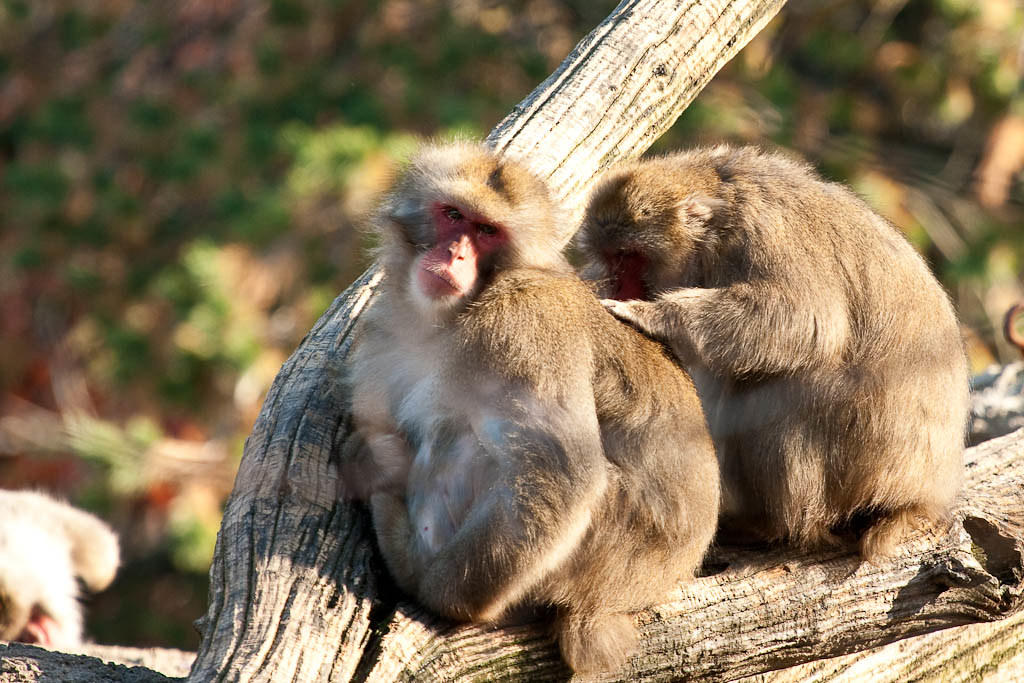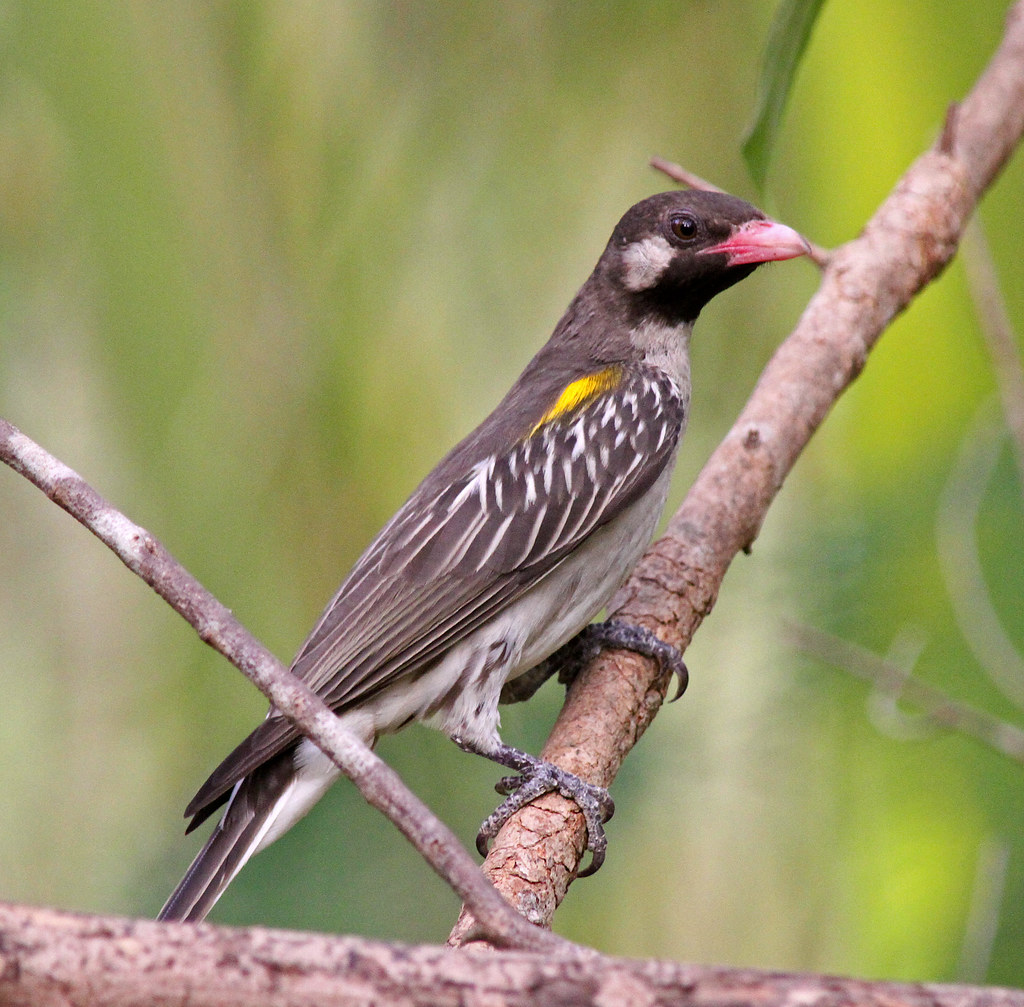11.1 Ecological Relationships
To study altruism from an evolutionary and biological perspective, we must start by understanding the basic ecological relationships between different species and their environments. These relationships range from the consumption of others to the exchange of care. Let’s begin with competition.
Competition
Competition occurs when one individual or population tries to control resources. This may result in fights over food or access to mates within a social group. Competition can also occur between groups in the form of territorial behavior. For example, chimpanzees are known to be highly competitive within their groups, but they have also been observed being incredibly aggressive to individuals outside their social group.
Interspecies competition occurs when the individuals or populations in conflict are from different species. Consider the eagle and the fox. Both of these animals are known to eat rabbits and other small mammals. Should they spot the same rabbit, they are likely to experience conflict over the prized meal.
Predation
Predation involves the act of a predator hunting and consuming all or part of a second organism (the prey). This is one of the most familiar ecological relationships because humans still hunt other species for food (and sport). We are also familiar with the predator-prey relationship from various wildlife documentaries, as the dramatic voice of David Attenborough narrates the lion stalking and chasing the gazelle, building tension in the hunt until the resolution.
Parasitism
Parasitism is a specific type of predation in which the predator gets nutrients without immediately, or perhaps ever, killing the prey. In an ideal situation, the host organism remains alive long enough for multiple generations of the parasite to thrive. If you have ever experienced a mosquito bite, this is an example of a parasite (the mosquito) taking a small portion of nutrients from the host (you) in order to survive, breed, and provide nutrient to the eggs it lays.
Parasites can also be much more harmful. Toxoplasma gondii is a parasitic disease that is common in cat feces. It is because of the presence of T. gondii that pregnant individuals are advised against scooping the litter box. Unlike other parasites, T. gondii can and has been documented transmitting from pregnant parent to fetus. T. gondii has been connected to birth defects, flu-like symptoms, and in extreme cases, serious immune and neurological conditions. Yet, many individuals who carry T. gondii in their system show no symptoms at all.
Symbiosis
Symbiosis occurs when there are close interactions between individuals, populations, or species over extended periods of time that either benefit one without harming the other or benefit both individuals or groups. These relationships can occur between individuals of the same species (conspecific) or between individuals of different species (interspecific).
Commensalism
Commensalism is an interaction between two organisms in which one benefits while the other is neither harmed or helped. For example, there are many species of insects who survive on the feces of other animals. Without this waste, individuals of that specific insect population will likely die out. This is often due to reliance on specific nutrients passed after the digestive process of the unharmed individual. Another example is the relationship between birds and trees. Birds who nest within trees receive protection from sun and predators because the leaves and branches obscure the view of others. Yet the tree is neither benefiting nor harmed, since the birds usually get nesting materials from nearby grasses and shed fur of small mammals in the area. Like the insects, the birds have simply evolved to benefit from the tree being the way it would be – even if the bird were not present.
Mutualism
Mutualism is the most commonly identified form of symbiosis. A mutualistic relationship benefits both individuals through exchange and sharing of resources. Mutualism is especially important to the building of trust and social cohesion in large groups. For example, many primate species exchange grooming (you scratch my back, and I’ll scratch yours) as a way to build networks of individuals they know they can trust.

Another example of mutualism is the relationship between Hadza men and the honeyguide (Indicator indicator). Honey is a valued resource for sugars and calories, one which is shared among the camp. When Hadza men hear the call of the honeyguide, they will whistle back. This exchange allows the men to follow honeyguides to beehives nearby trees. Once found, the men climb the tree, smoke out the bees with a smolder stick, and extract the honeycomb. Frequently, though not all the time, the men will leave part of the honeycomb on the ground as a reward to their guide. The men believe this keeps the birds eager to show them the location of honey again.

a relationship between organisms in which one or both are harmed when trying to use the same resource related to growth, reproduction, or survivability.
the competition between individuals of different species.
inter = between
a biological interaction where one organism, the predator, kills and eats all or part of another organism, its prey.
a close relationship between species, where one organism, the parasite, lives on or inside another organism, the host, causing it some harm, and is adapted structurally to this way of life.
any type of a close and long-term biological interaction between two different biological organisms.
a long-term biological interaction in which members of one species gain benefits while those of the other species neither benefit nor are harmed.
the ecological interaction between two or more species where each species has a net benefit. Mutualism is a common type of ecological interaction.

